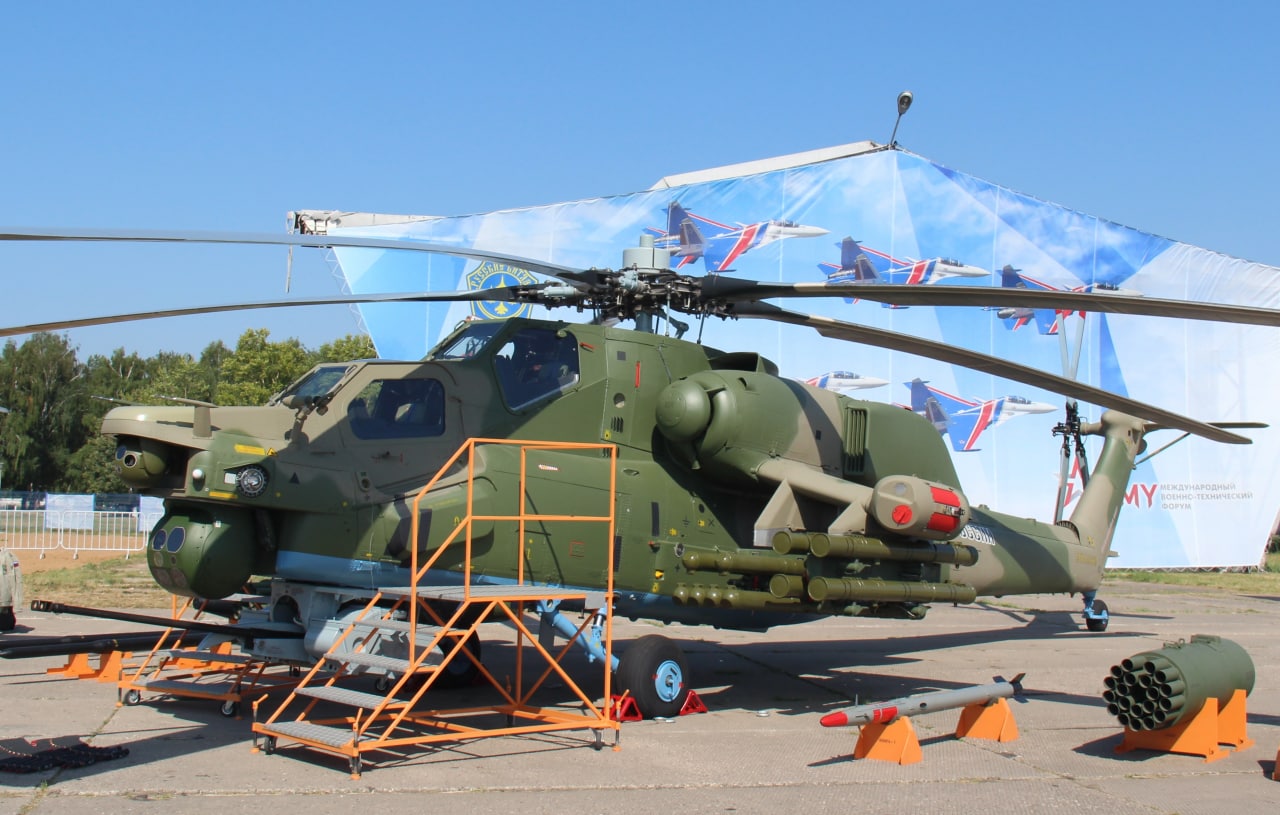Photos of the LMUR Izdelie 305 missile on a Mi-28NE attack helicopter at Army 2022.
“The Russian Air Force on July 28 attacked a target in the area of Topolinoye village in Kherson with high-precision weapons. The attack made a battalion of the 60th Infantry Brigade of the Ukrainian army incapacitated.” Russian Defense Ministry spokesman General Igor Konashenkov said. The Russian military also posted a video from the missile’s seeker, showing its flight path continuously being adjusted as it approached the target.
Russia did not disclose the type of weapon deployed, but military experts say it is a Light Multipurpose Guided Missile, LMUR, one of the most modern weapons for Russian attack helicopters. The Russian military has continuously released images of attacks with this type of missile for nearly two months.
It is worth noting that the videos are all shot from the missile’s thermal imaging seeker and transmitted to the aircraft, instead of remotely recording through the sensors of the helicopter or unmanned aerial vehicle. The text on the screen is covered to ensure the secret of the weapon, but the text “AS-BPLA” appears in some videos. This is an abbreviation for the communication device that accompanies the LMUR missile.
The LMUR project, also known as the Izdelie 305 LMUR, was first revealed in 2007 to develop light missiles for helicopters. The Russian Defense Ministry at that time, due to financial difficulties, did not order this weapon, causing the manufacturer to suspend the research and production process.
In 2012, the Russian Federal Security Service ordered the KBM manufacturer, to continue the development of the Izdeliye 305 project, to create a long-range surface-to-surface missile for the multi-purpose helicopters, Mi-8MNP-2, deployed in the Kavkaz. This type of missile is equipped with a two-way data transmission, allowing the projectile to transmit images from the seeker to the helicopter and receive control commands from the crew.
Testing of the Izdelie 305 took place between 2015 and 2016, and mass production was started shortly thereafter. The Russian Ministry of Defense also expressed interest and placed an order, and began testing Izdelie 305 LMUR missiles on heavy attack helicopters such as Mi-28NM and Ka-52M.
Although described as a light missile, the Izdelie 305 LMUR weighs twice as much as surface-to-surface missiles such as the 9M120 Ataka and 9M123 Khrizantema, commonly used by Russian armed helicopters. Izdelie 305 LMUR has a length of nearly two meters, a diameter of 0.2 m and weighs 105 kg, of which the fragmentation warhead weighs 25 kg. The missile has a maximum range of 14.5 km, 2.5 times that of the Ataka series, and a speed of more than 800 km/h.
The Izdelie 305 LMUR is equipped with a 9B-7755 thermal imaging probe, an autopilot using inertial positioning, a BNAP-305 satellite locator compatible with Russian GLONASS systems and Western GPS. The missile is fitted with two antennas for data transmission with the helicopter. In the basic combat mode, the missile is launched towards the target in sight. Pilots can directly monitor the image from the missile probe and mark the target. The missile will automatically rush to the destination, while the helicopter maneuvers to avoid counterattack.
The second method of attack that has never been seen on Russian helicopter-launched air-to-ground missiles, the missile will be launched towards a target out of sight. The missile flies to the suspected target area thanks to the autopilot system and satellite navigation. The pilot will monitor the image from the missile to search and select the target, then order an attack. The pilot can change the target or order the Izdelie 305 LMUR missile to self-destruct if necessary.
The Russian Defense Ministry does not disclose the number of Izdelie 305 LMUR missiles received, but experts estimate that the Russian military is staffing at least 200-300 missiles, not to mention the amount available in the stockpile. The 2018 contract shows that each Izdelie missile costs about 227,000 USD. It is possible that the Ka-52 and Mi-28 helicopters were equipped with Izdelie 305 LMUR missiles to fight in Ukraine.
Russian attack helicopters are using Izdelie 305 LMUR missiles with extremely high accuracy, to attack a series of military targets in Ukraine. “The Russian Air Force on July 28 attacked a target in the area of Topolinoye village in Kherson with high-precision weapons. The attack made a...

military-wiki.com
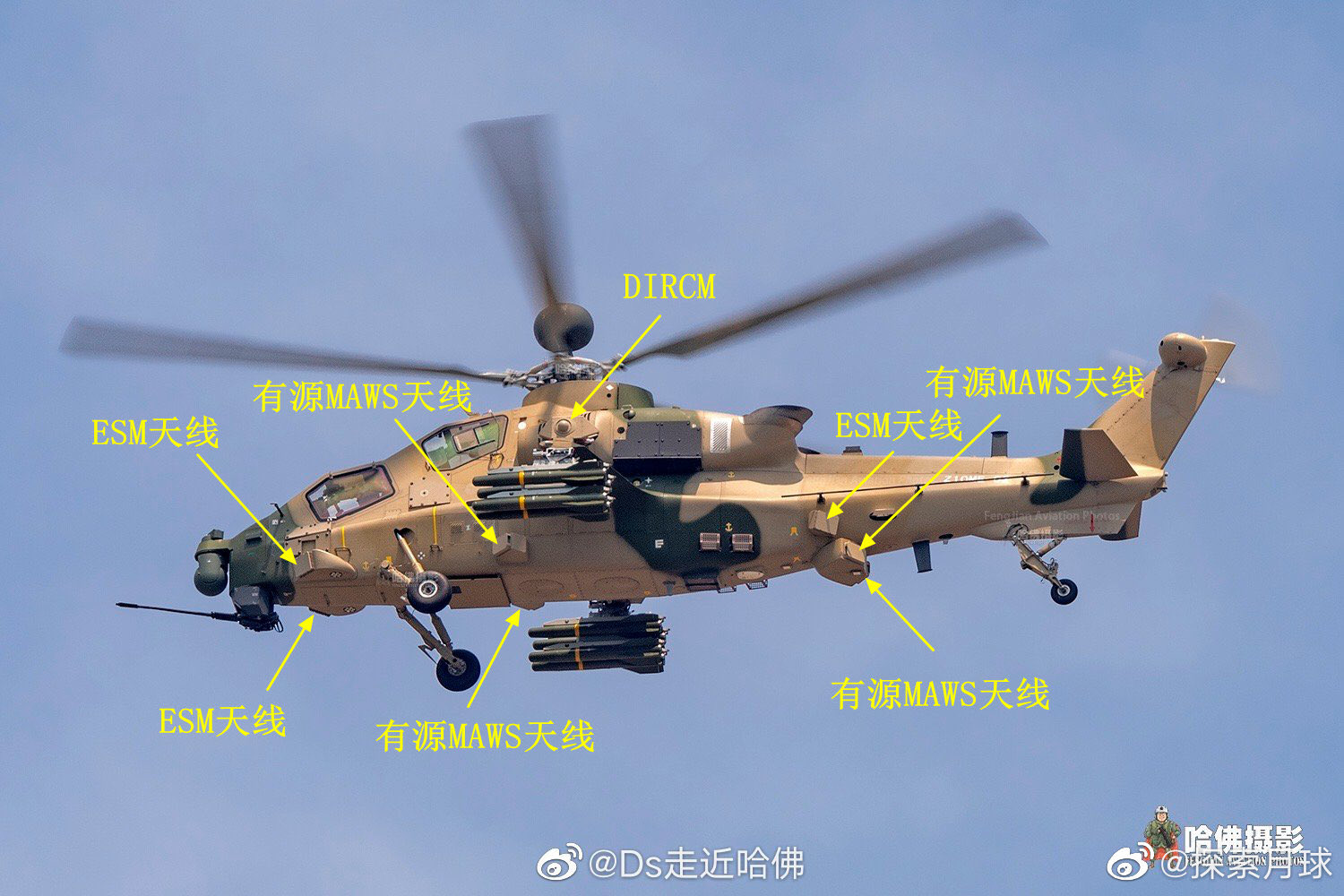
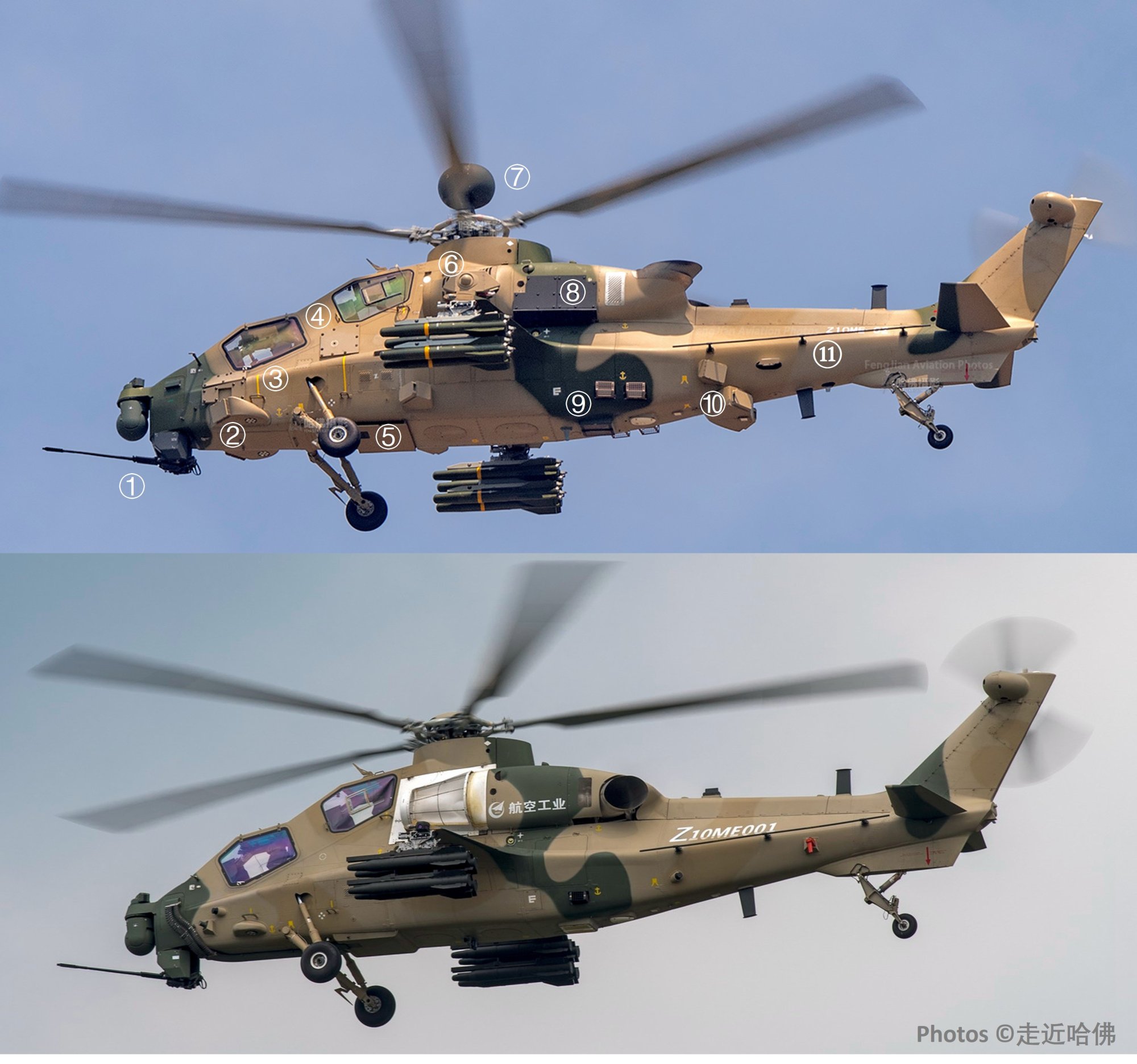
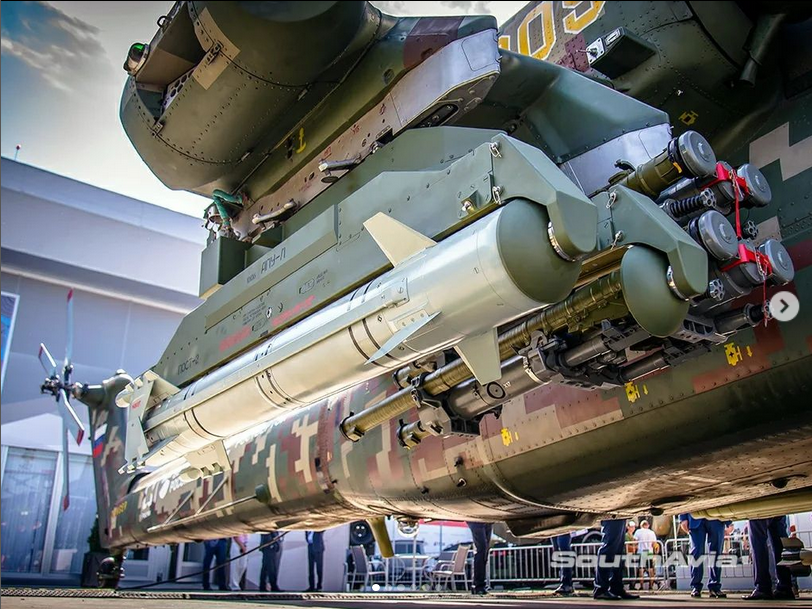
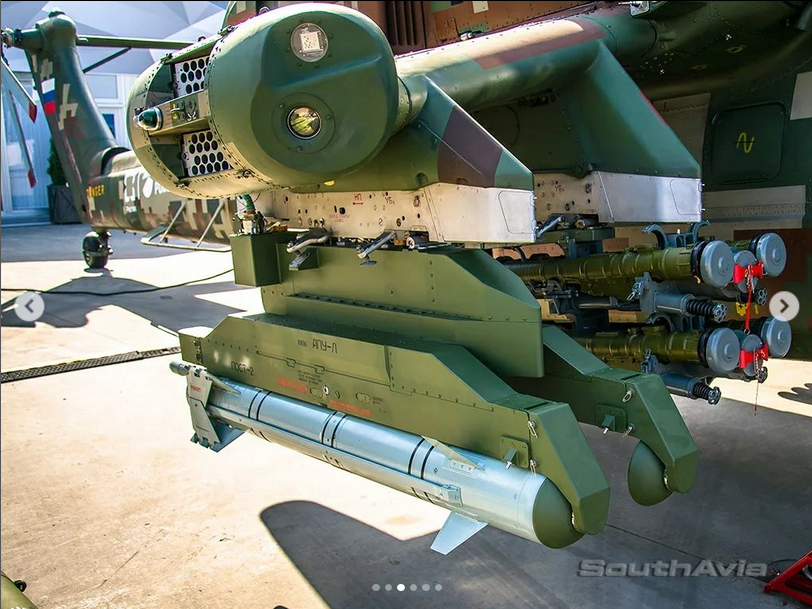
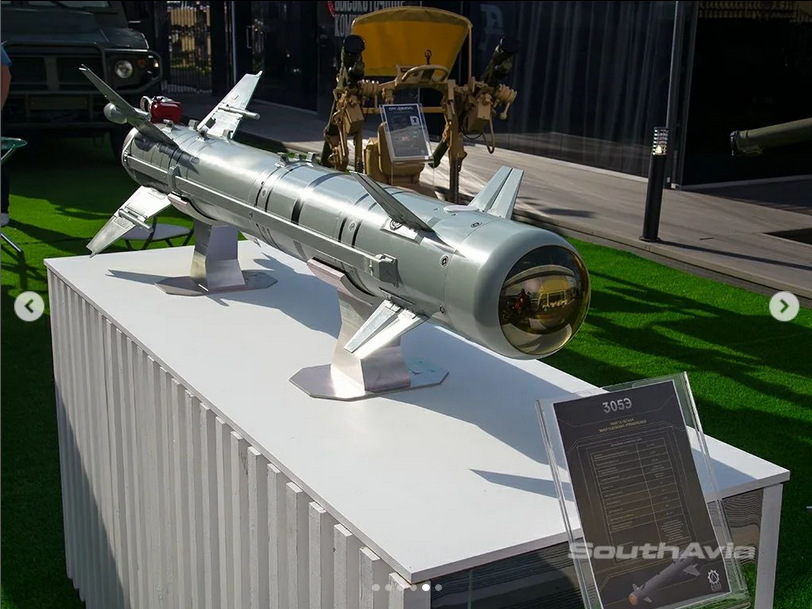


 military-wiki.com
military-wiki.com

